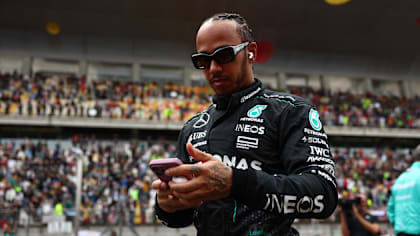
Feature
10 THOUGHTS… On Vettel’s luck, Haas’s misery and McLaren’s resurgence
Share

A celebrated Formula 1 journalist with more than 500 (consecutive) Grands Prix’ experience, David Tremayne is one of those familiar paddock figures who has seen it all, met them all, and written about it all, over almost five decades of F1 racing. Here, in the first of a new regular series, he shares his thoughts on 2018’s season opener in Australia, one topic at a time…
1
It’s sometimes tempting to regard Sebastian Vettel as a lucky little blighter so much so that after a while you start to believe that it can’t be luck after all, but something special that he does. Remember Monza 2008, and Toro Rosso’s sole Grand Prix win?
But his 48th career win on Sunday really was down to luck, and I thought it was a good sign that he had no problem admitting it.
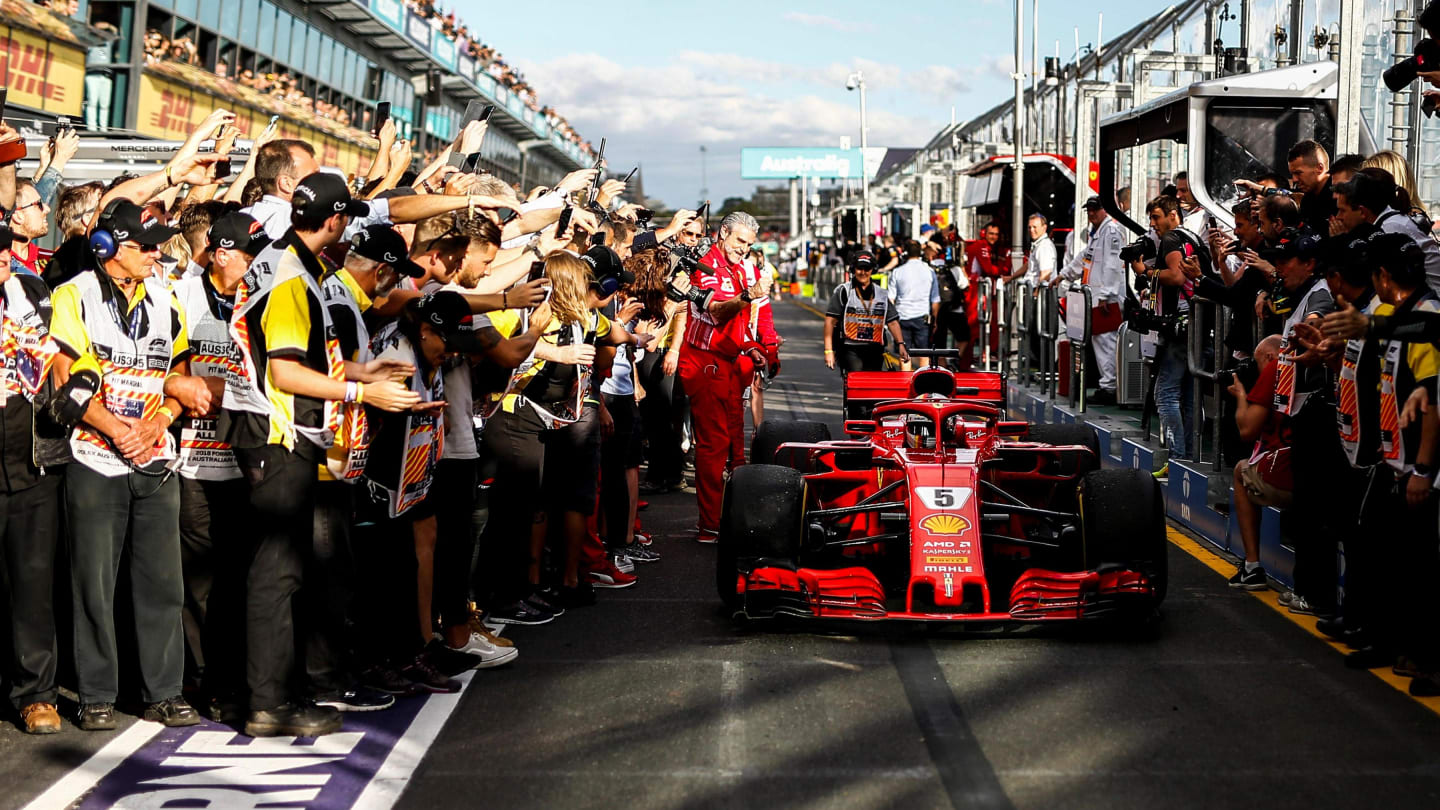
Had Haas been able to avoid cross-threading their wheelnuts, Seb’s extra laps over his main rivals in that first stint – seven more than Lewis, eight more than Kimi – might have seen him jump his team-mate for second place. But Lewis would have been back in the lead and it would have been Seb sitting in his aero wake cursing the layout of Albert Park.
I say this not to denigrate what he and Ferrari achieved, but to illustrate the fine line that teams walk at the highest level in F1.
Things are so competitive, that it only needs a slight upset for somebody to tip the balance in another’s favour.
The Ferrari SF71H wasn’t quite a match for the Mercedes W09 in Australia. Whereas Lewis said his new car was great and had no adverse observations on its performance, the Ferrari doesn’t yet do what Seb wants of it.
“We’re getting there,” he told his crew on the slow-down lap. “We’ve still got some homework to do, but we’re getting there.”
Later he expanded: “I think our car has huge potential but I’m still struggling a little bit. When you talk about something that you miss as a driver, it’s because the car doesn’t respond the way you like. Ours is still sliding in places you don’t want it to slide. I want the car to be spot-on when I hit the brakes and turn in, and in that window, I’m not yet happy, so it’s always sort of a compromise. Of course, it’s our job to drive around problems that we have but if I could choose, I would like it a bit different. It’s not a big drama. I think we can live with it but I feel also if we get on top of that, then you will feel more confident.”
The work he will encourage Ferrari’s designers to do to rectify those shortcomings is a different kind of luck altogether: the sort you make for yourself.
2
On the face of it, Mercedes and Haas were robbed. The Silver Arrows had the race in the bag, even if Lewis Hamilton said that it wasn’t easy pulling away from Kimi Raikkonen’s Ferrari in the opening stint.
But in truth they were the masters of their own downfall in believing that they had enough in hand over Sebastian Vettel prior to the Safety Car interventions. Software can be a fickle mistress.
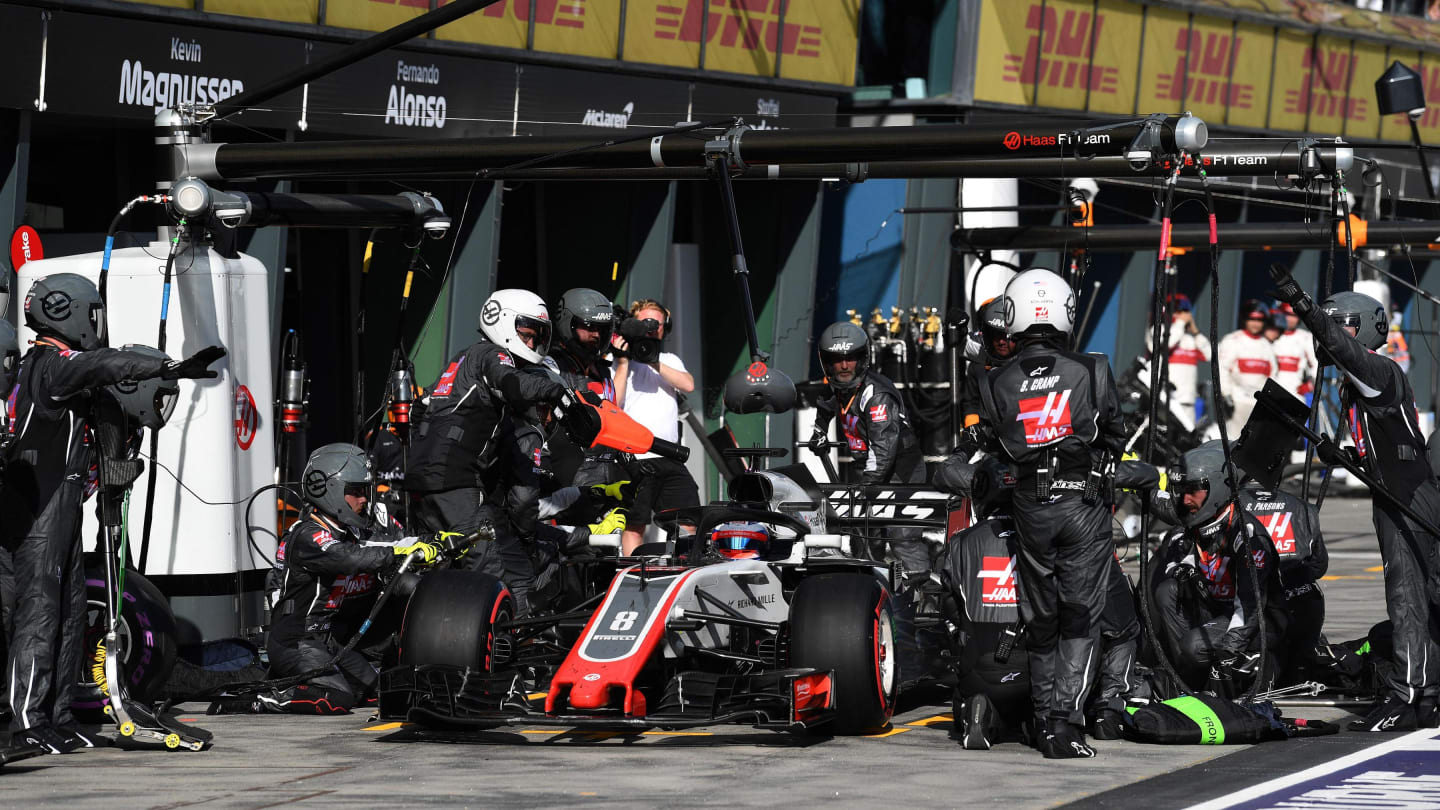
You had to feel for Haas, as popular Team Principal Guenther Steiner buried his head in his hands as both VF-18s stopped soon after their pit calls and he watched 22 points go down the tubes. That’s almost half what they scored in the whole of 2017…
Yes, they should have done more pit stop drills to make sure such things can’t happen, but the fact is that they were busy the way smaller teams always are, looking after other pressing issues. But you can bet that between here and Bahrain they’ll be making sure such a disaster never happens again.
3
Where did Red Bull’s late blast of performance come from? How did Daniel Ricciardo do that fastest lap of 1m 25.945s, which bettered Kimi Raikkonen’s best by 0.428 and Lewis Hamilton’s by 0.499s?
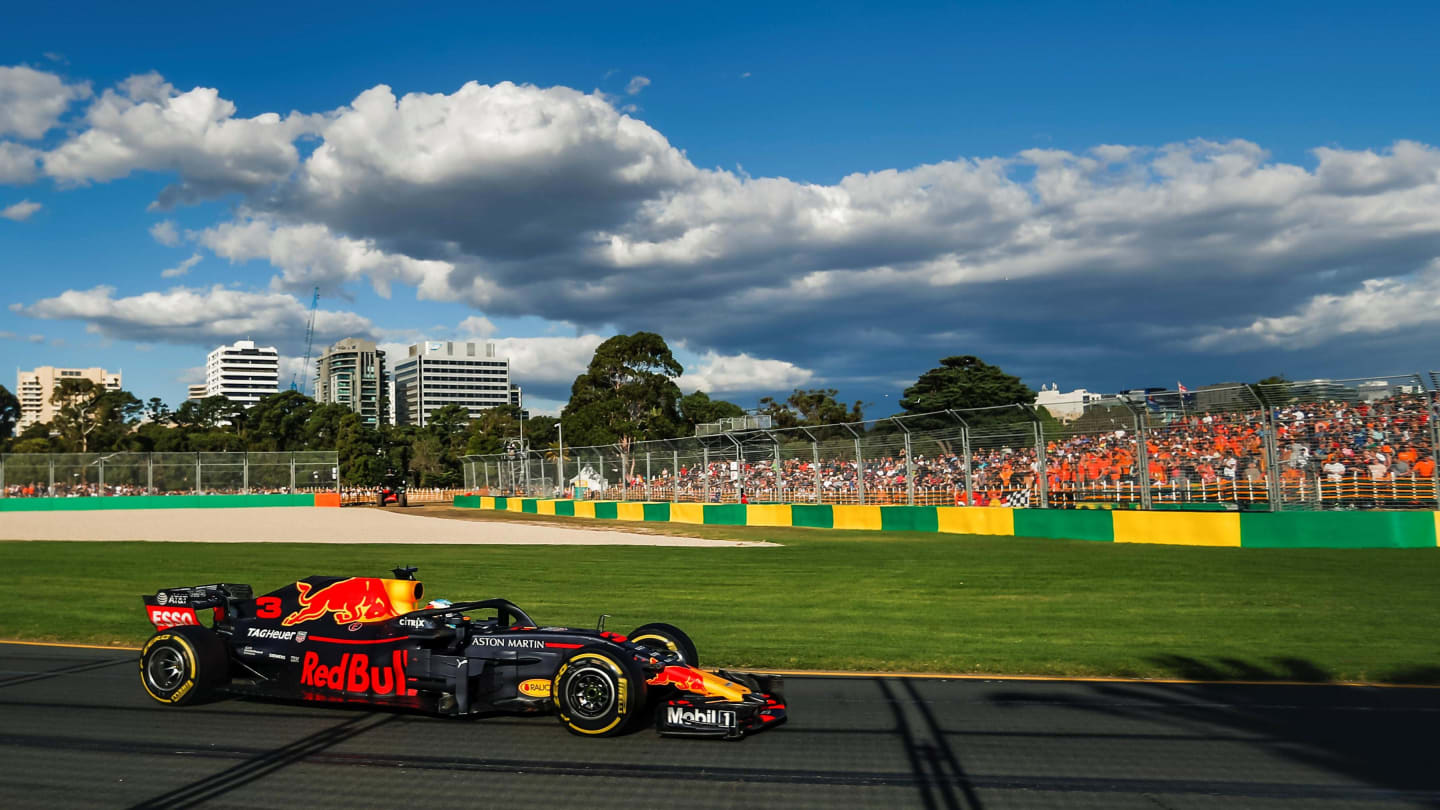
It wasn’t as if he stopped late, slapped on a set of new tyres, and went fast when everyone else was on old rubber. He was on the same new soft compounds as the Ferraris and Hamilton’s Mercedes, and though they were eight laps fresher than Kimi’s and seven fresher than Lewis’s, that still doesn’t explain why his lap was 0.524s faster than Sebastian’s best, on tyres that were the same age.
Christian Horner admitted it was as much a surprise to the team as it was to everyone else, Daniel included.
“It was the first time all race that one of our cars ran in clean air,” Horner observed. “It surprised him as much as it did us. Nobody expected a 1m 25.9s, so that’s really encouraging. We had a better car than Ferrari, who were lucky as Seb should have been third, but I expect that Mercedes still had something in hand.”
Quite possibly, but if I were Mercedes and Ferrari, I’d be monitoring Red Bull very carefully in Bahrain and China. If Renault can ever get them up to similar speed as the Ferrari- and Mercedes-powered drivers in quallie, watch out.
4
I confess that I have long had a soft spot for McLaren, perhaps because the first race I attended was the Race of Champions in 1968 in which eponymous team boss Bruce McLaren scored the marque’s first F1 win. Their last three years have been brutal, so it was nice to see the new lightness in the atmosphere as the Woking team’s rebirth with Renault progressed. Fernando Alonso’s race was just the sort of opportunistic success we have come to expect from the Spaniard, and a huge fillip. I for one can’t wait to see what he can do with the papaya orange MCL33 in Monaco.
5
I found myself with zero tolerance watching that ghastly situation develop yet again where all the close qualifying lap times meant nothing once cars started getting bunched up behind one another in the race.
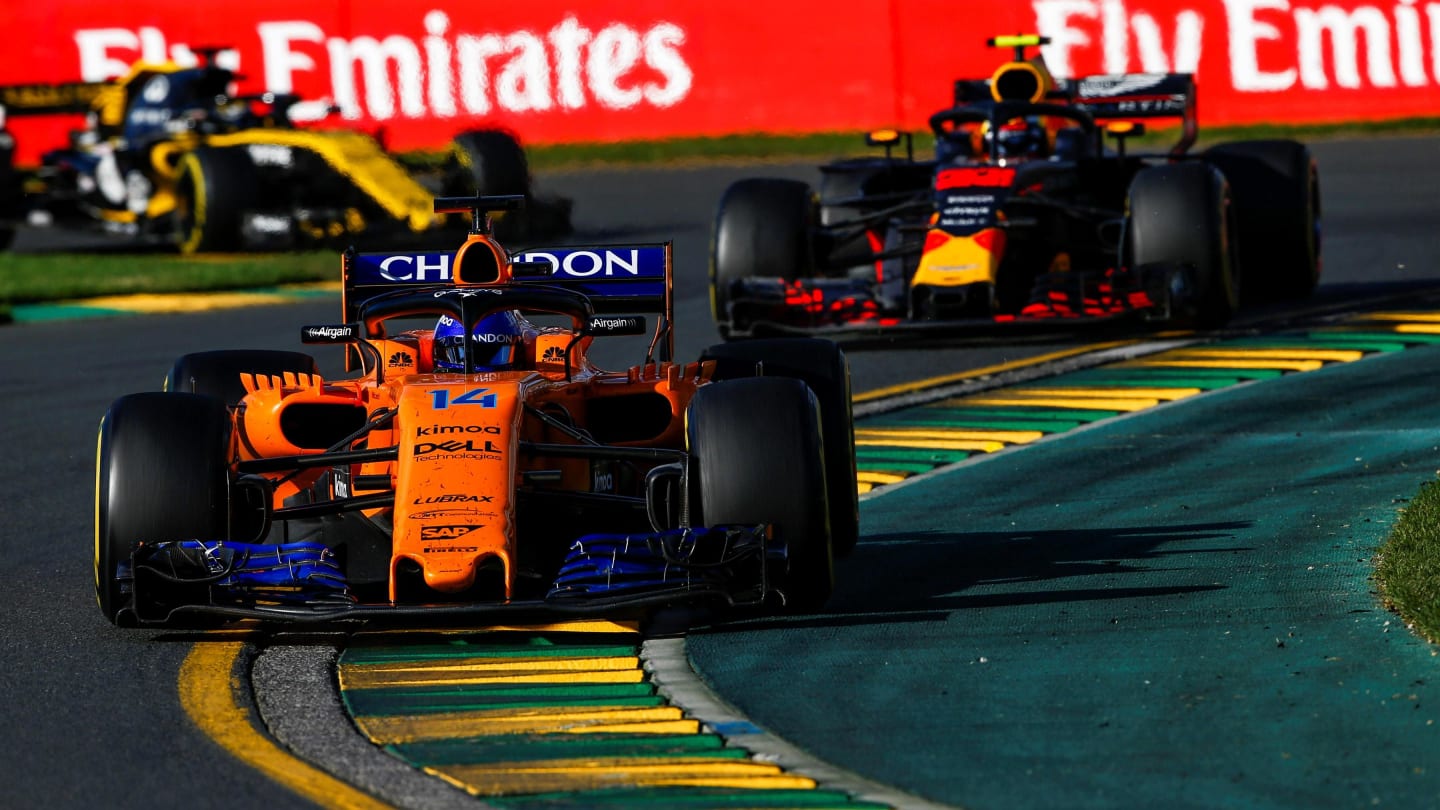
Lewis couldn’t pass Seb, despite Mercedes having a clear performance advantage. Max Verstappen was likewise trapped behind Kevin Magnussen’s Haas. The terrific scrap for fifth pace, involving Alonso, Verstappen, Hulkenberg, Bottas and Vandoorne, deteriorated into yet another a game of follow my leader.
Imagine if you were heading up the motorway from, say, London to Edinburgh, and somebody told you that the car ahead of you when you got on would still be ahead of you 250 miles later. You’d think them crazy, but that’s effectively what happens far too often in Grand Prix racing at the moment.
You can’t disinvent uninvent aerodynamics, and no, Albert Park’s layout certainly didn’t help matters, but I hope the brains trust of clever engineers looking into the sport’s future can come up with a much better way of controlling the debilitating influence of the impenetrable buffer of dirty air created when one car follows another. Fortunately Ross Brawn and his F1 motorsports team have made it one of their highest priorities.
6
I like Charles Leclerc. It’s hard not to. He’s a charming young man who has already had to deal with more tragedy in his young life than anyone deserves. Sauber seemed to be struggling horribly in pre-season testing and again here on Friday. But in his F1 debut the Monegasque rookie drove beautifully to take a few experienced scalps on his way to a more than respectable 13th. There’s a lot more to come from this kid…
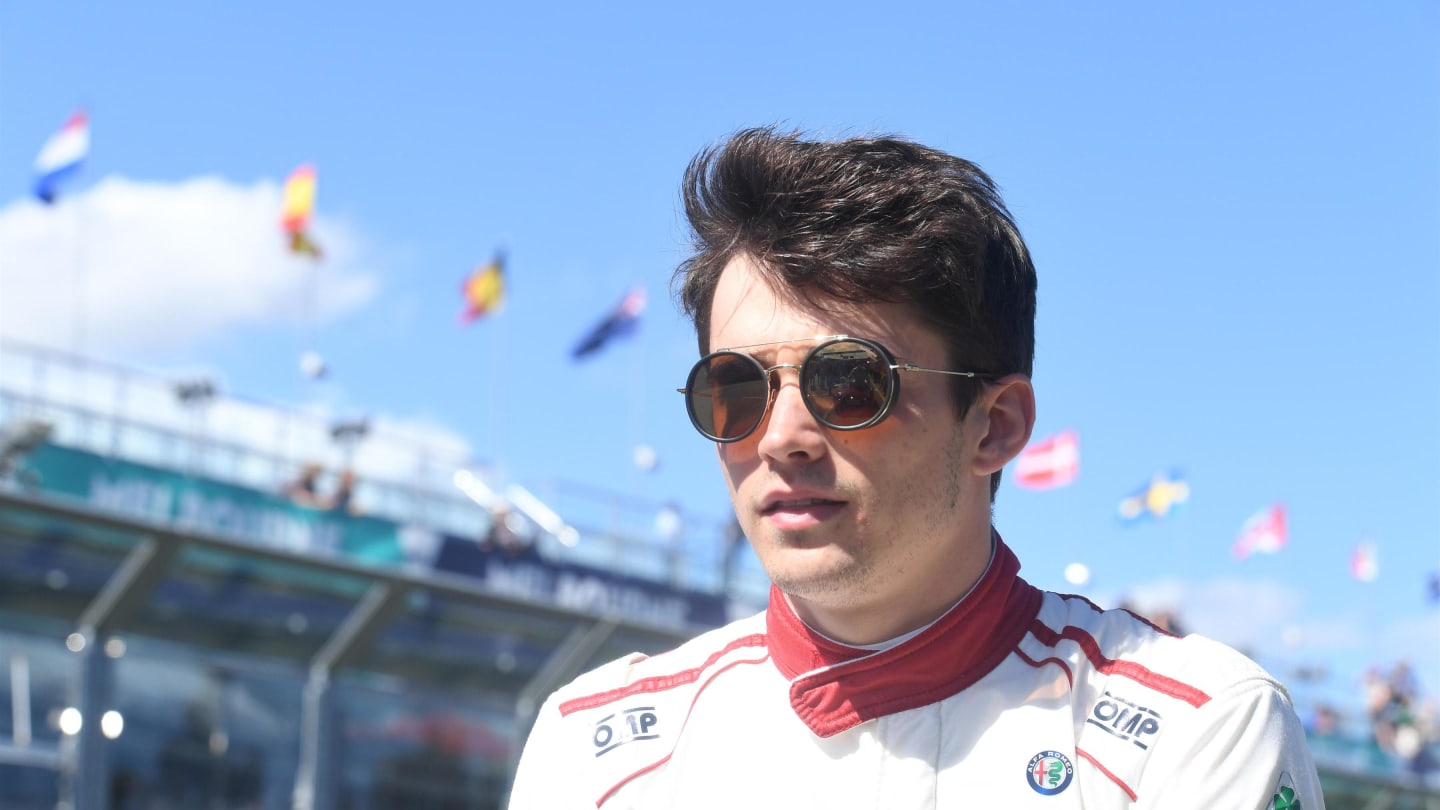
7
The three-place grid penalty that Daniel Ricciardo got for speeding during the red flag in FP2 raised a fair amount of vexation and suggestions of unfairness by the stewards, Tim Mayer, Emanuele Pirro, Enzo Spano and Steve Chopping. But they are all decent men and I thought it was fair, given that Daniel admitted to misreading his cockpit data and could have been given a five-place drop. The days when you suspected that the men in charge of enforcing the rules could be got at by senior sources are thankfully long in F1’s past.
8
I’ve become very tired of the negativity that’s affected F1 since several key players voiced critical thoughts when the turbo-hybrid formula was introduced in 2014. I was thus very chuffed to read the blog of Dieter Zetsche over the weekend. The Chairman of the Board of Management of Daimler AG and Head of Mercedes-Benz Cars outlined just why a major manufacturer values their involvement in F1, and in a nutshell validated what we all believe in. Look it up online, it’s well worth a read.
9
Albert Park has one of the best paddocks in the business. It might get jammed up when the TV people are doing their thing, but that creates a close sense of community and it’s hard for the stars to hide away.
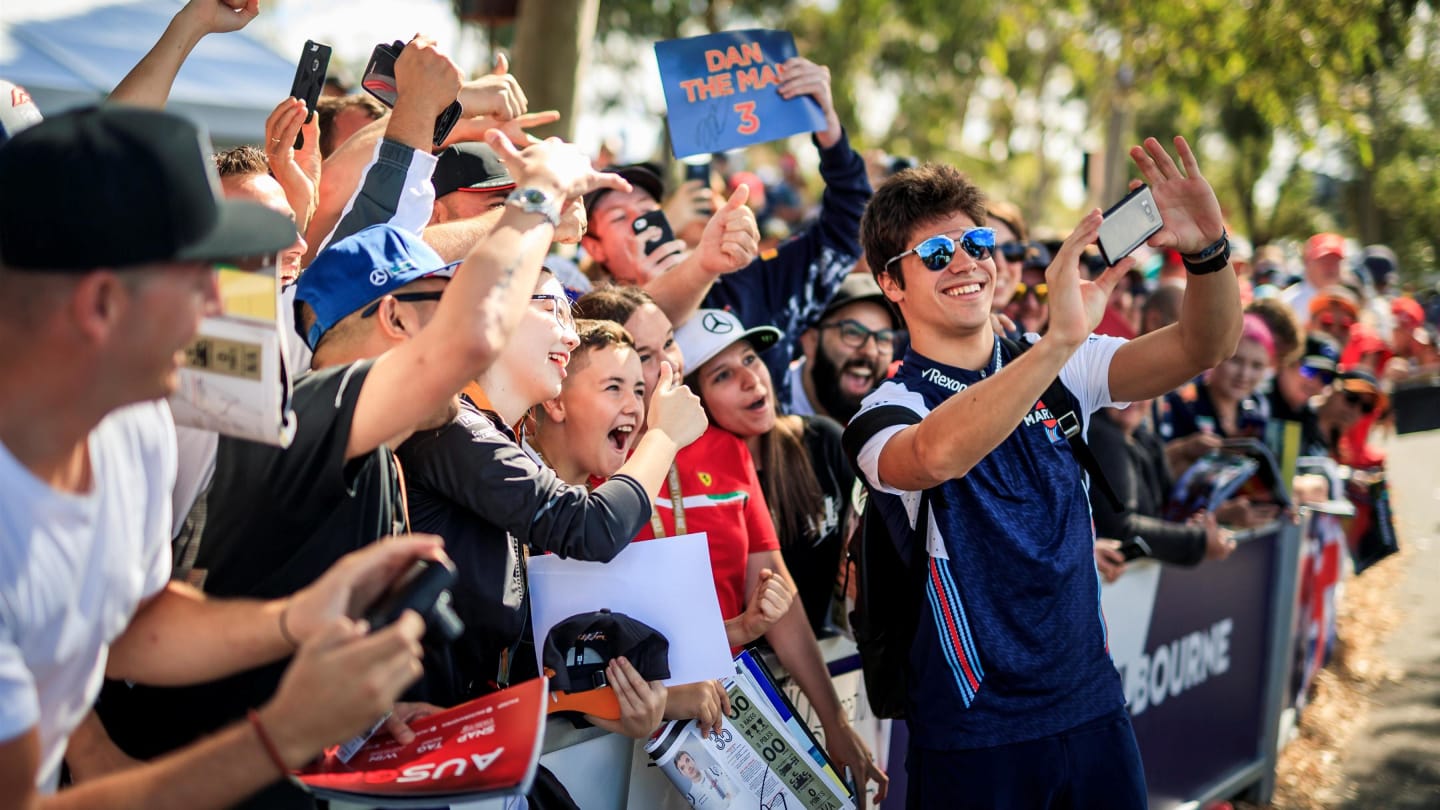
This year’s race attracted a huge crowd close to 300,000 spectators, and those who benefited from a new scheme to dish out paddock passes at random, many of them young kids, wore the biggest smiles. This is exactly what the sport should be doing: giving people the best day of their lives, and hooking them as fans at an early age.
10
There isn’t always a lot of sentiment in bigtime motorsport. But there was a nice little ceremony at the track in which the main straight was named after the late Ron Walker, who died in January. As chairman of the Australian Grand Prix Corporation, ‘Big Red’ did a huge amount not just to promote the race, but to promote Australia as well, and the tribute was richly deserved.
YOU MIGHT ALSO LIKE
News Verstappen predicts 'proper battle' in 2025 as he reflects on 'up and down' year at FIA Awards Ceremony
News Mercedes reveal how Hamilton created motivational WhatsApp group during fractious 2021 season
Feature END OF YEAR REPORT: Williams - A mid-season driver swap, countless crash dramas and a true test of determination

Feature Christmas gifts from Schumacher, Google Translate struggles and Raikkonen’s influence – Getting to know the real Jack Doohan


